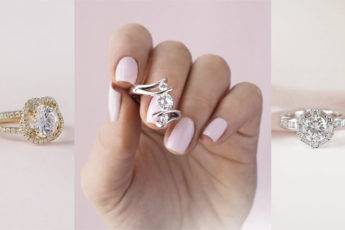History of measurement of time-watches

From prehistoric days to now technology has been developing gradually with the rising growth rate. History of tracking time and watches has started with sundials and water clocks but the first mechanical clock was invented in 1275 in England.
History of watches
In Italy, in XIV century, were built three clocks – astronomical clock, clock with a bell ringing every hour and clock followed the hours, sunrise and days of the month.
Watch industry was born two centuries later. John Calvin forced jewelers to learn another craft, which was of course watch-making. It was the 1540s, but the new invention took place later, in 1574. This date is remembered as the year of creation of the first pocket watch. After more than one country, clocks had added minutes hands and showed minutes and hours (before – they showed only hours!).
Because watches were worn in a pocket rather than in a pendant, their shape had to be evaluated. The face was covered with glass and the shape was flattened and curved. Due to these changes pocket watches didn’t have sharp edges which may damage clothing.
Moreover, at the end of the XVII country pocket watches became very common.
The onset of wrist watches
There are speculations that the first wristwatch was created in the 1570s but called an arm watch. 1812 is a year deemed as a date of invention of this type of watch and was built to fit the wrist of the Queen of Naples.
Surprisingly, wristwatches were primarily worn by women because they were prone to damage. Men still were wearing pocket watches. First watches were impossibly inaccurate because of their size!
Wristwatches became more popular among men during the first World War. Soldiers to keep their hands free, they were given wristwatches.
Presence – trends in watch’s world
Nowadays even children wear wristwatches. Parents buy them special watches with extra gadgets, electric watches or watches with pictures of animals and favorite cartoon characters. Kids like wearing watches because they want to copy their parents. Wearing watches has also another benefit – children learn numbers faster.
Wristwatches still are the most common type of watches. From time to time, we can meet people with pocket fob watches and even hook clocks. Watches have different styles, from casual to elegant, funny or totally unfunctional designs.




Leave a Comment